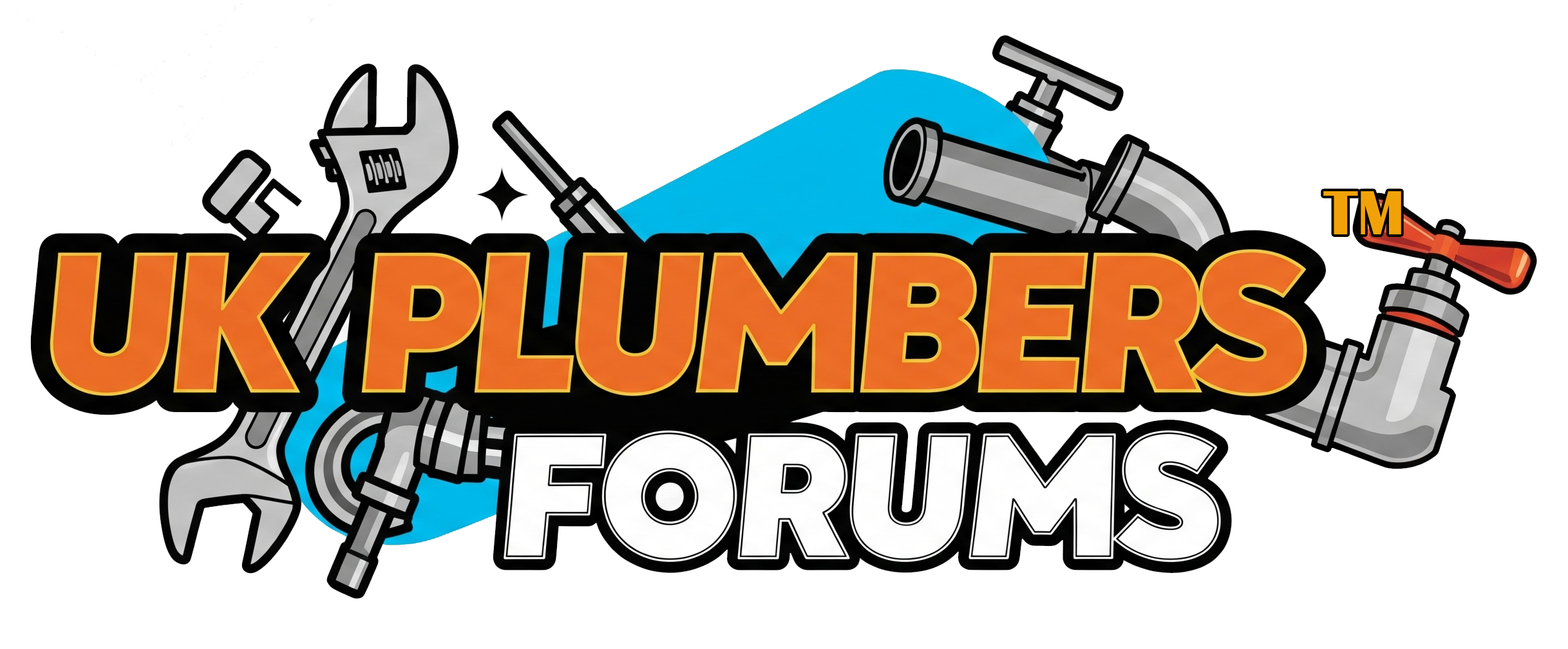No problem BLOD, be as bold as you like :yesnod:.
Range recommend (& supply) there vessels charged to 3Bar same as there PRV's. Checked Stanton & they do the same at 3.5Bar .
Water movement in & out of the EV is all about the air (nitrogen) charge, if you set this at less than the static pressure then water will move into the vessel when the taps are turned off & the pressure rises & out again when the system pressure fall due to the taps being operated (dynamic). This is all without the increase in pressure to the whole system due to water heating (expansion) which now has a lot less room inside the vessel to be accommodated.
A common misconception is that expansion vessels, of any type, can be sized based on 4% of the heated water volume i.e 100 L system would require 4 L vessel.
If you think how they work, with an air charge on outside of the bladder (bag) & water on the inside, for the 4 Litres of heated water to be accommodated all the air would have to be removed from it's space between the outside of the bladder & the vessel wall.
What actually has to happen is that as the system pressure rises so that the water pressure is greater than the air charge water flows into the vessel & the air gets squashed so its pressure increases, more water is heated, more expansion, more water pressures so more water flows into the vessels & so on, until a tap is opened & the system pressure drops back down to normal, then the air pressure inside the vessel is greater than the water pressure so it gets pushed out into the system.
I think what you were being advised by Range to set up was an accumulator, which are just large vessels used for water storage but should not be confused with expansion vessels.


